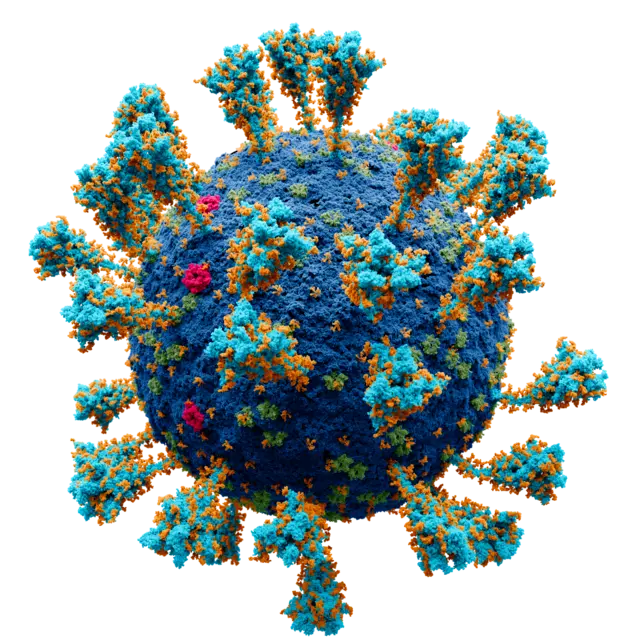Structure
The Bicaudaviridae family of viruses is characterized by its unique lemon-shaped, spindle-like morphology and helical symmetry, with continuous 7-start helices forming both the spindle-shaped body and the tails. These non-enveloped virions are composed of a single major capsid protein, providing structural stability in the extreme environments inhabited by their archaeal hosts. The genome consists of circular double-stranded DNA (dsDNA) ranging from 48 to 76 kilobases in length, with putative genes organized in a specific transcriptional orientation. Structural studies, including high-resolution cryo-EM analysis of Sulfolobus monocaudavirus (SMV1), reveal similarities between Bicaudaviridae viruses and other archaeal virus families, such as Fuselloviridae and Halspiviridae. This structural and genomic organization reflects evolutionary adaptations that enable these viruses to infect hyperthermophilic archaeal hosts efficiently.
| Genus | Structure | Symmetry | Capsid | Genomic arrangement | Genomic segmentation |
|---|---|---|---|---|---|
| Bicaudavirus | Lemon-shaped | Helical (C7) | Non-enveloped | Circular | Monopartite |
Life Cycle
Replication of Bicaudaviridae viruses occurs in the cytoplasm of hyperthermophilic archaea, primarily from the order Sulfolobales. The process begins with the attachment of viral proteins to specific host cell receptors. Viral replication is facilitated through DNA-templated transcription, utilizing host cellular machinery. Once replication is complete, viral particles exit the host cell through budding, enabling their dissemination. Transmission occurs via passive diffusion, allowing the virus to spread in the extreme environments inhabited by its hosts.
Host Interaction
Certain members of this family, such as STSV2 and Sulfolobus monocaudavirus 1 (SMV1), exhibit a unique interaction with their hosts by inducing cell gigantism. These viruses block the expression of host cell division genes, arresting the cell cycle in the S phase. This leads to a significant increase in cell size, with the diameter expanding up to 20 times and cell volume increasing by approximately 8,000-fold. This strategy may facilitate viral replication and enhance the production of progeny within the host.

